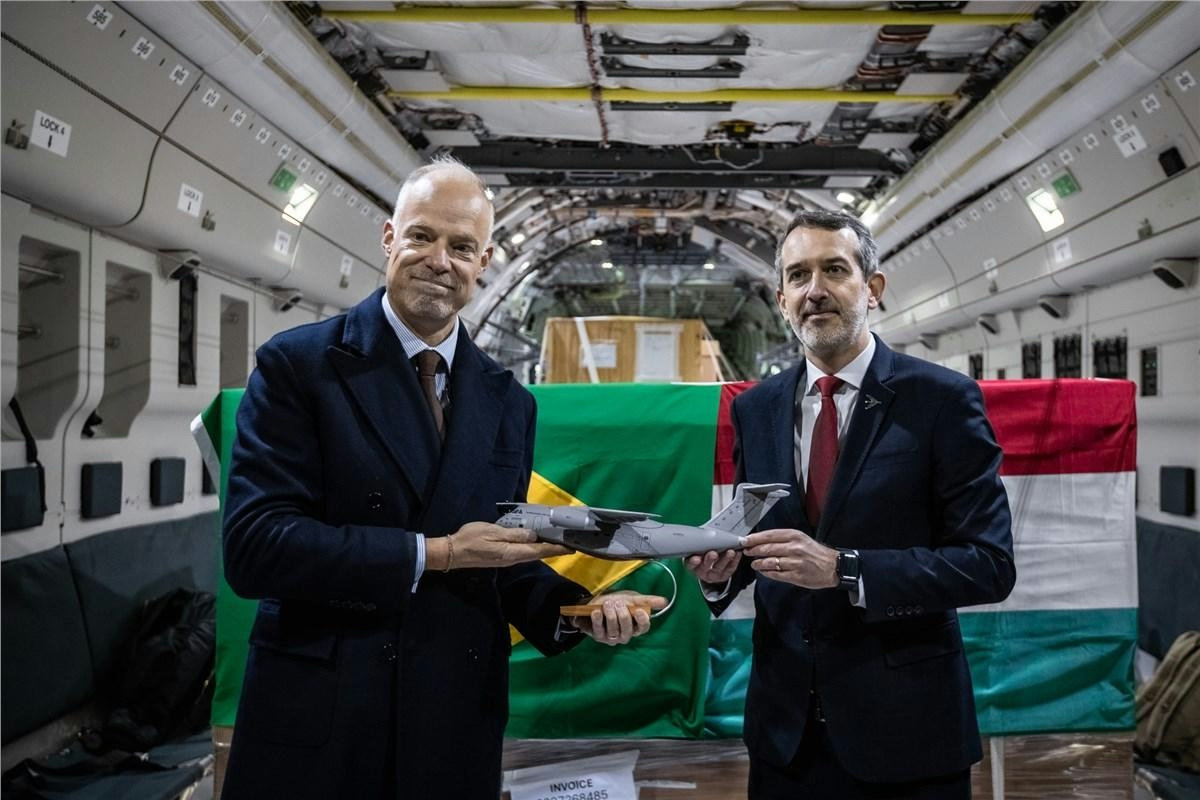
AeroGenie - مساعد الطيار الذكي الخاص بك.
الرائج الآن
Categories
AerFin Acquires Four A320neo Aircraft to Enhance Aftermarket Support
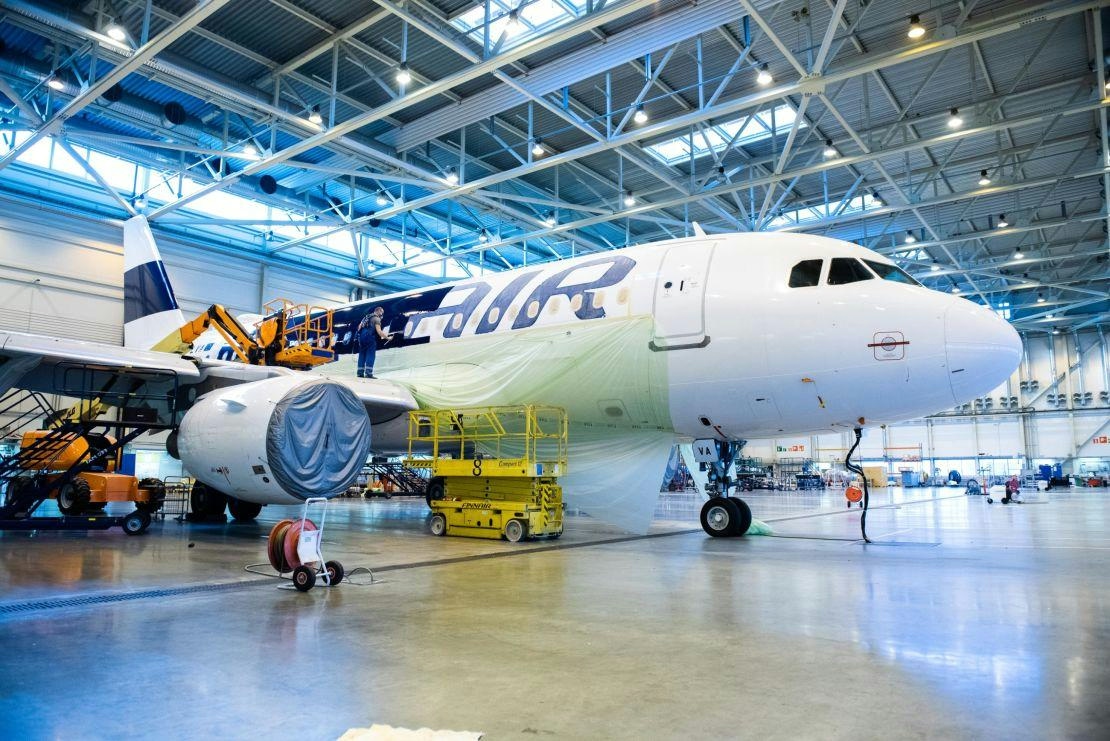
AerFin Acquires Four A320neo Aircraft to Enhance Aftermarket Support
AerFin has announced the strategic acquisition of four A320neo aircraft in collaboration with a Middle Eastern investor, marking a notable expansion of its global aviation aftermarket capabilities. The 2017-vintage aircraft, purchased from Aviation Capital Group (ACG), will be dismantled to supply high-quality used serviceable material (USM). This initiative underscores AerFin’s commitment to providing sustainable and cost-effective support solutions for airlines, lessors, and maintenance, repair, and overhaul (MRO) providers.
Addressing Supply Chain Challenges and Market Demand
The acquisition comes amid ongoing supply chain disruptions affecting the aviation sector, similar to those recently encountered by companies such as Astronics and Heico Corporation. By bolstering its USM inventory, AerFin aims to offer operators a dependable alternative to new parts, thereby mitigating cost pressures and alleviating supply constraints. The A320neo family, with over 10,000 orders worldwide, remains one of the most successful narrow-body aircraft platforms. The availability of USM from these aircraft is anticipated to be a valuable resource for the aftermarket industry.
Competitive Landscape and Industry Trends
AerFin’s expansion into the aftermarket support sector occurs against a backdrop of intensifying competition. Recent developments, including AviLease’s substantial order of Airbus A320neos and A350 freighters, reflect a broader industry trend toward fleet growth, which is likely to increase demand for aftermarket services. Furthermore, competitors such as Pratt & Whitney are advancing engine upgrade programs, notably the Hot Section Plus upgrade for the GTF engine, which promises enhanced performance and efficiency. These advancements raise the standards for aftermarket support offerings and present additional challenges for market participants.
Market reactions to AerFin’s acquisition may involve heightened competition and increased operational costs as more companies seek to capitalize on the growing demand for efficient and sustainable aftermarket solutions. Despite these challenges, AerFin’s CEO, Simon Goodson, described the acquisition as “a landmark moment for AerFin,” emphasizing the company’s ability to secure high-value assets and deliver innovation to its customers. Carter White, Executive Vice President and Chief Commercial Officer at ACG, remarked, “This transaction with AerFin represents a significant step in the evolution of the aviation aftermarket, and we are pleased to have partnered with AerFin on the sale of these four A320neo airframes.”
By aligning its strategic investments with the evolving needs of the aviation industry, AerFin is expanding its global presence and technical capabilities, positioning itself to navigate the challenges of a dynamic and increasingly competitive aftermarket sector.
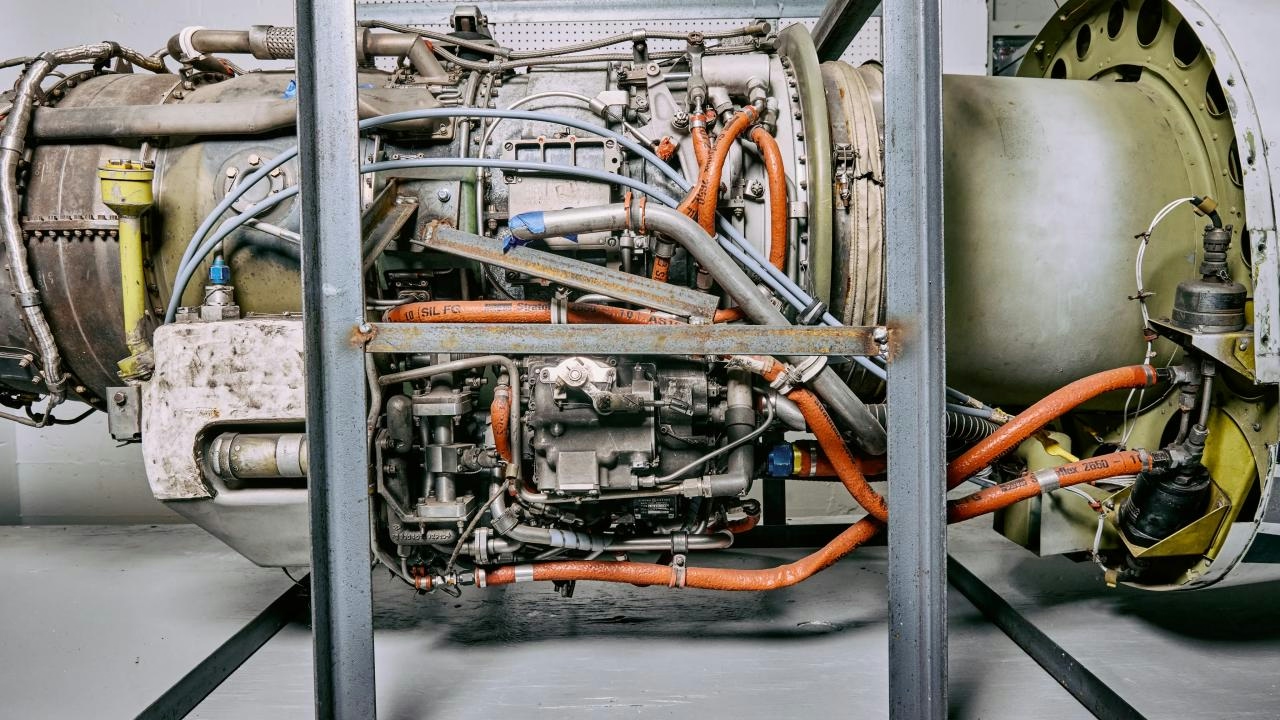
Aviation Maintenance, Repair, and Overhaul Sector Set for Growth
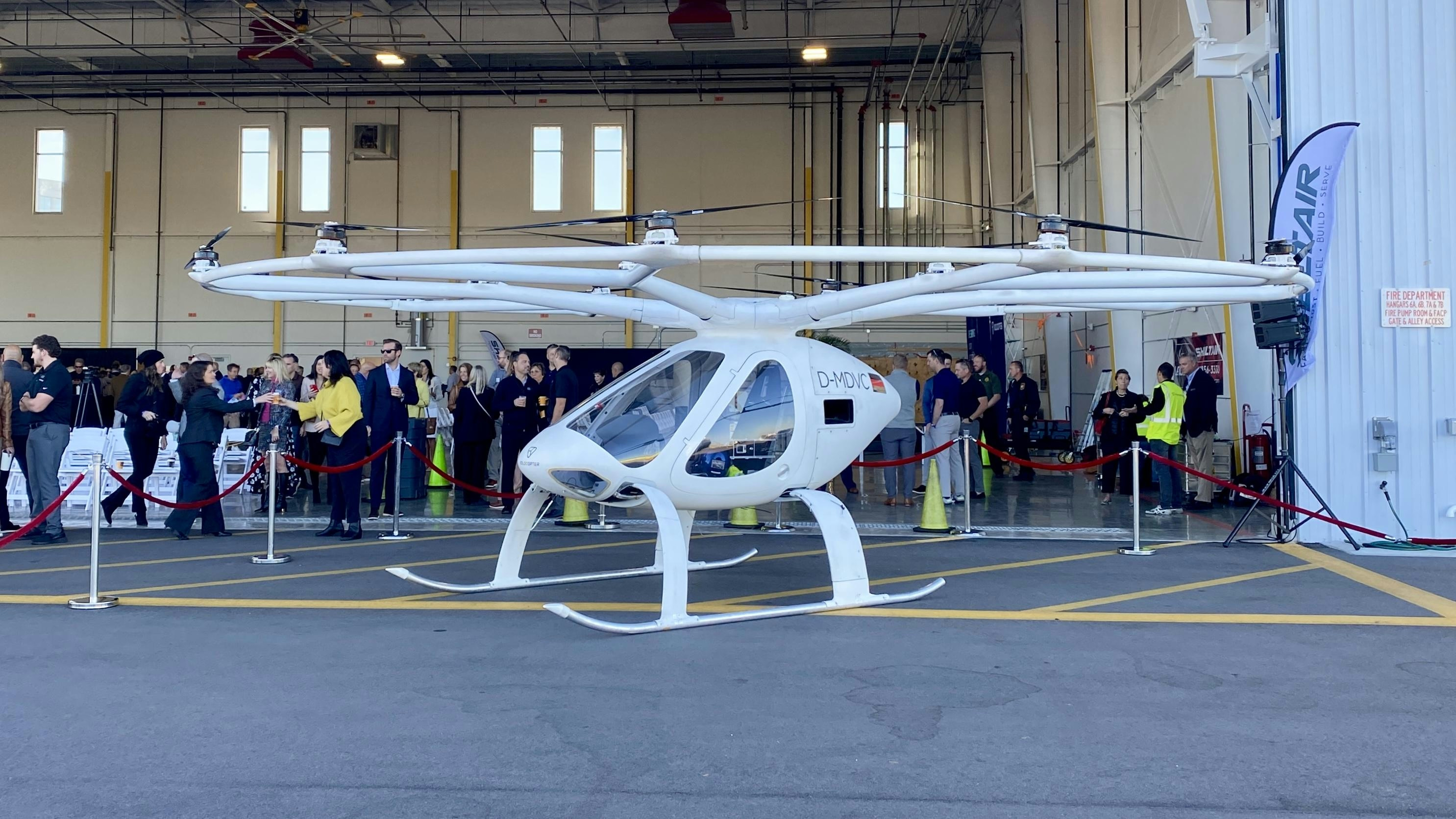
Central Florida Emerging as Leading Location for Future Air Taxis

Dassault Aviation and Thales Partner on AI for Future Air Combat

Mexicana MRO Deal Stalls Pending Banorte Extension Approval
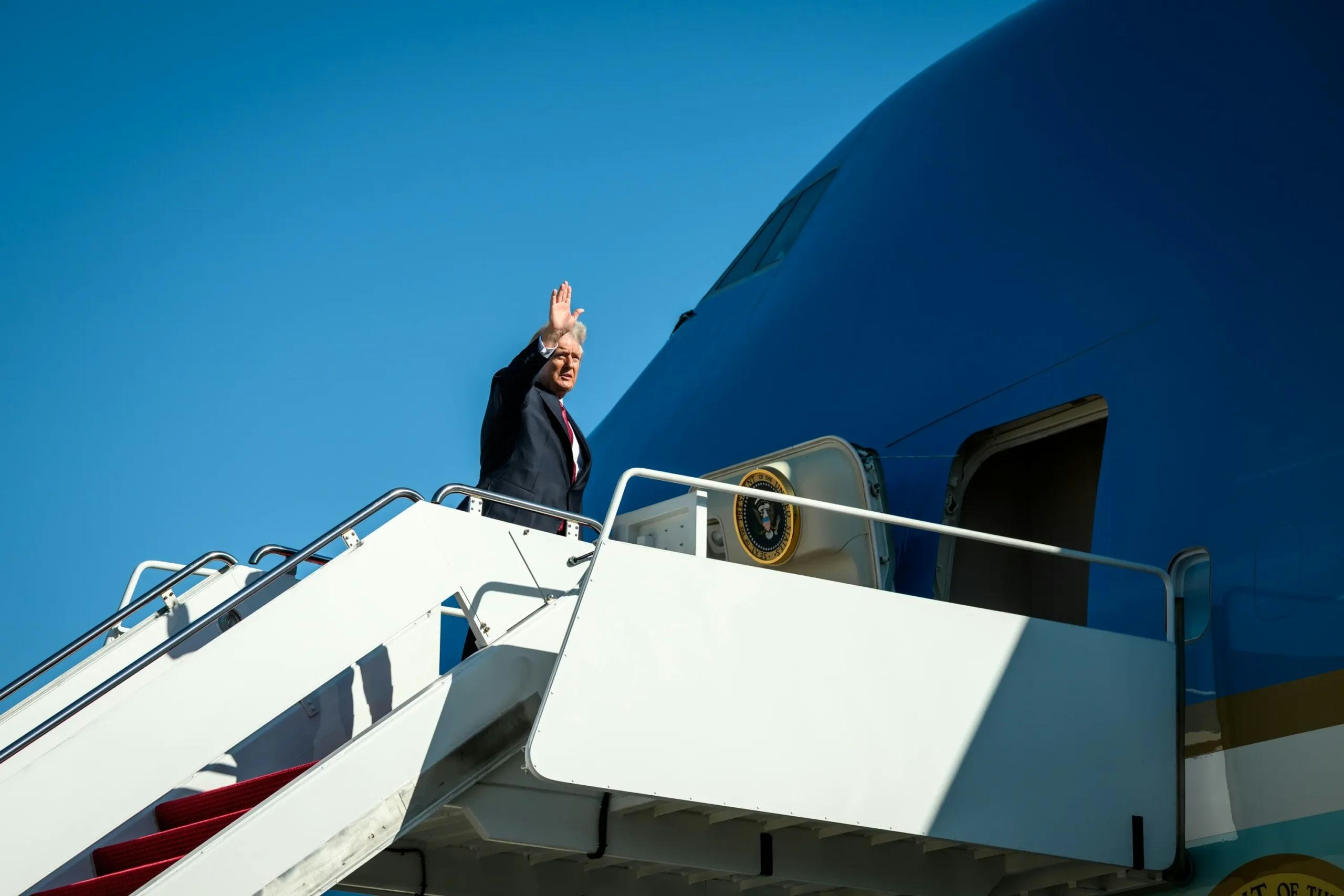
Trump's Policy on DEI Raises Concerns Over Aircraft Mechanic Training
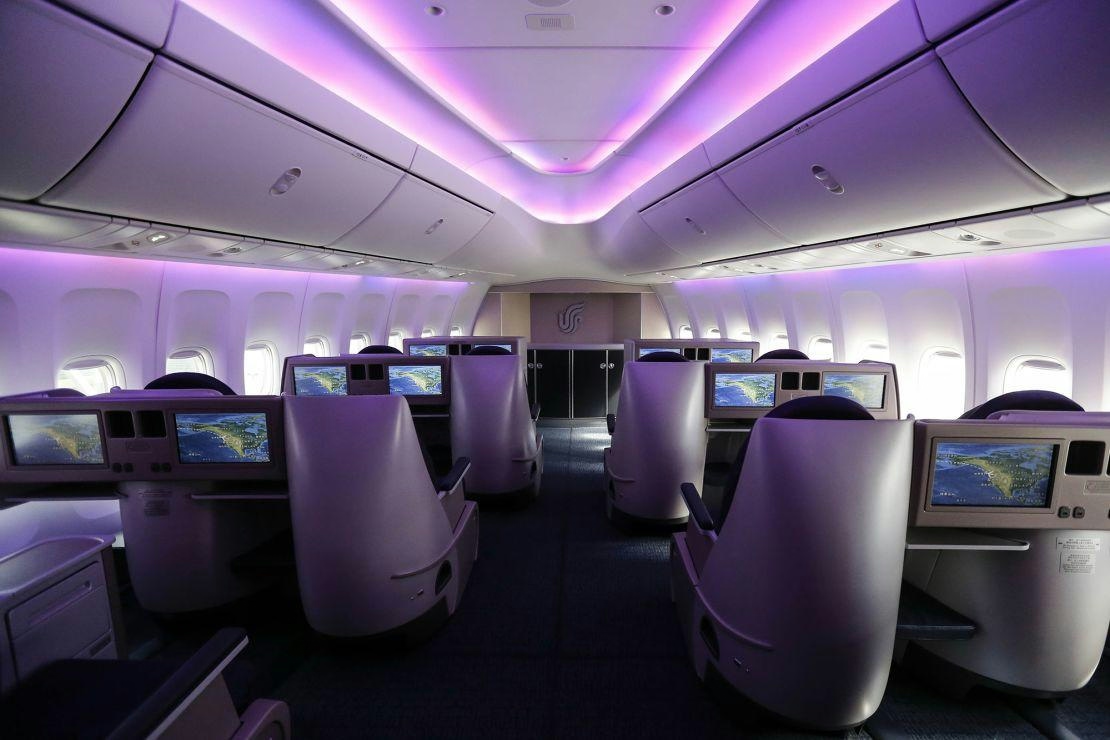
Why Boeing’s 747 Lacks a Full Second Deck Unlike the Airbus A380

Deutsche Aircraft Appoints Ernst-Georg Schröder Manager of Final Assembly Line for D328eco
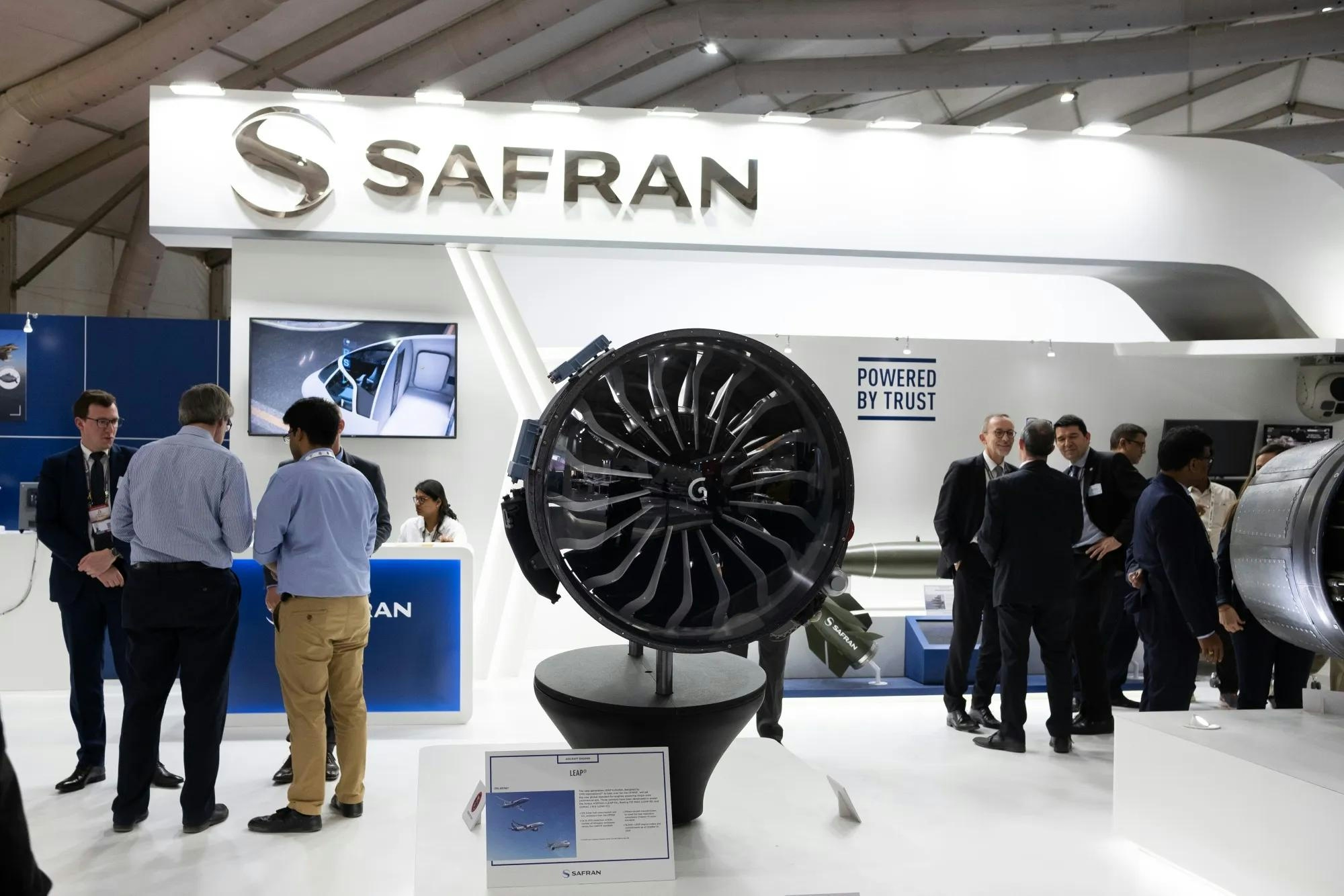
PM to Inaugurate Safran Aircraft Engine Services Facility in India on November 26
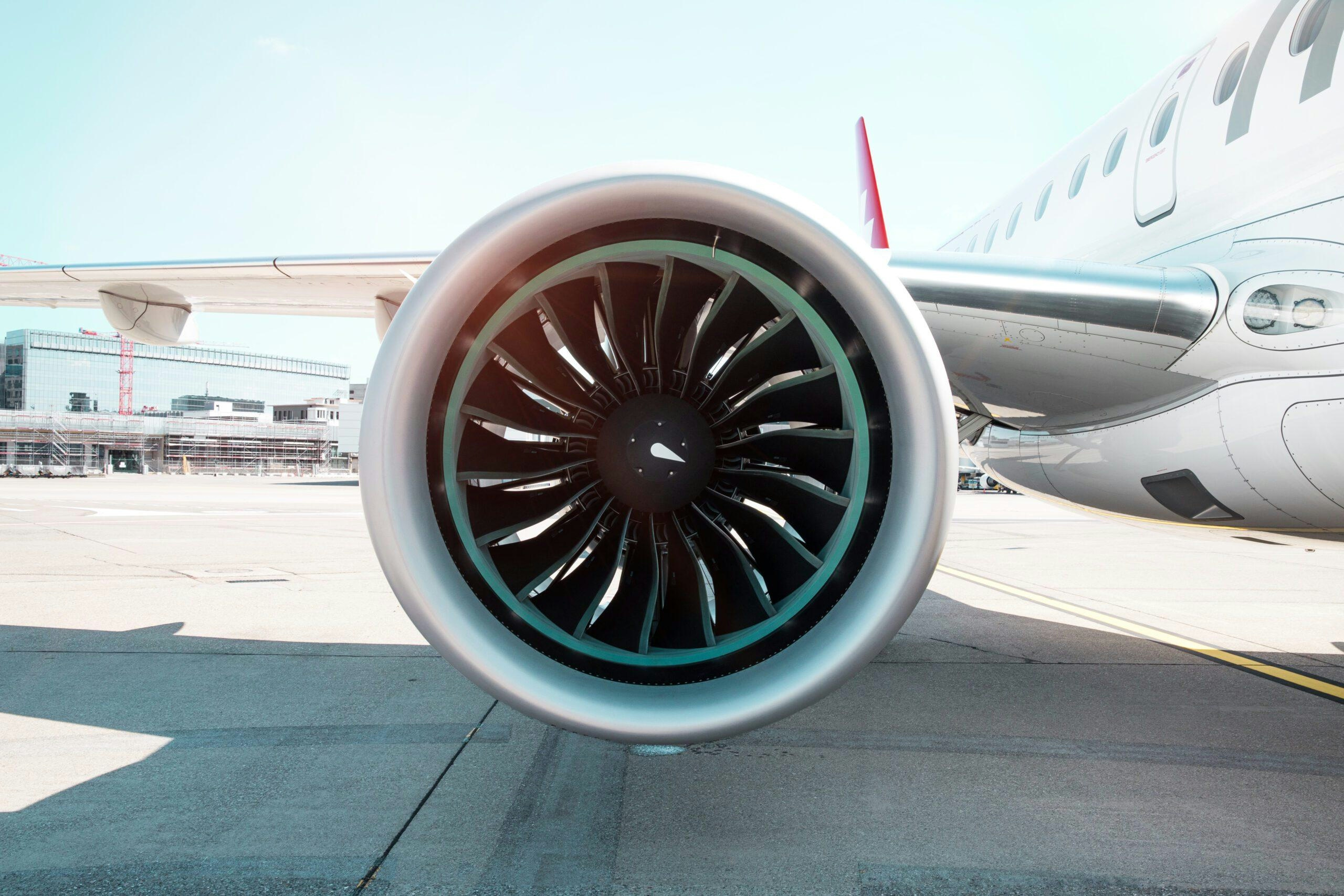
Leading Companies in Aviation Artificial Intelligence: Airbus, Amazon, Lockheed Martin, Tata Power, Thales
